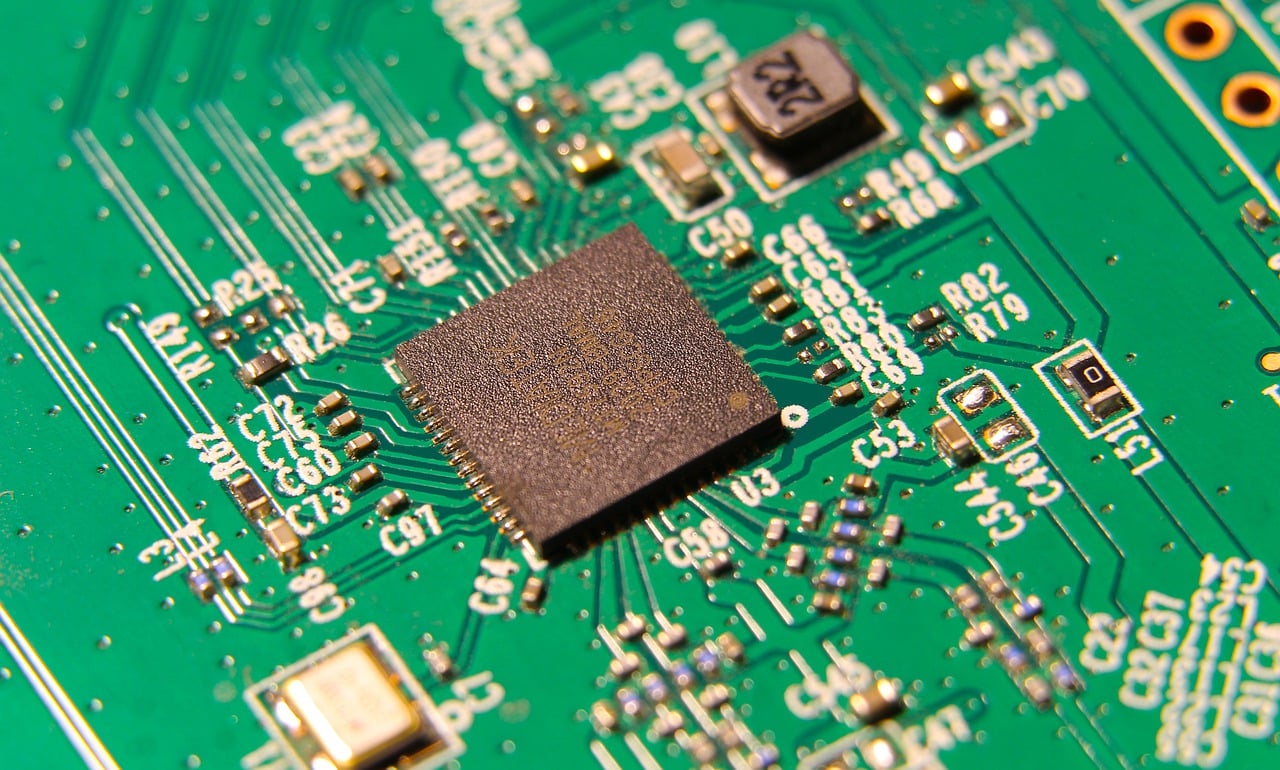Augmented Reality: Revolutionizing the Digital World
Augmented reality (AR) is an innovative technology that overlays digital information onto the real world. Unlike virtual reality (VR), which creates a completely immersive digital environment, AR enhances the physical world by adding additional layers of information. This groundbreaking technology has numerous applications across various industries, from retail and entertainment to manufacturing and healthcare.
Benefits of Augmented Reality
- Enhanced customer experiences: AR can create interactive and engaging experiences for customers, such as virtual showrooms and product demonstrations.
- Improved workforce efficiency: AR can provide technicians and workers with real-time instructions and troubleshooting guidance, enhancing productivity and reducing errors.
- Personalized learning: AR can create immersive educational experiences, allowing students to interact with 3D models, simulations, and interactive textbooks.
- Medical advancements: AR can assist surgeons with real-time guidance during complex procedures, provide patients with interactive medical education, and facilitate remote patient monitoring.
Features of Augmented Reality
- Digital overlays: AR devices project digital information onto the real world, allowing users to see virtual objects and graphics superimposed on the physical environment.
- Spatial tracking: AR systems use sensors and cameras to track the precise location and orientation of the user in relation to the physical world.
- Interactive elements: Users can interact with digital overlays using gestures, voice commands, or touch interfaces, enabling real-time manipulation and customization.
- Mobile compatibility: AR applications are often accessible on smartphones and tablets, making the technology widely доступный.
Types of Augmented Reality
- Marker-based AR: Uses physical markers or QR codes to trigger the display of digital overlays when scanned by a device.
- Markerless AR: Detects and tracks the surrounding environment without the need for physical markers, enabling real-time object recognition and augmentation.
- Projection-based AR: Projects digital images or videos onto real-world surfaces, creating interactive and engaging experiences in public spaces.
Practical Applications of Augmented Reality
- Retail: Virtual dressing rooms, product demonstrations, and interactive shopping experiences enhance customer engagement and drive sales.
- Manufacturing: Step-by-step assembly instructions, remote expert assistance, and interactive maintenance manuals improve efficiency and reduce downtime.
- Healthcare: Surgical navigation, personalized patient education, and remote monitoring enhance patient outcomes and streamline healthcare delivery.
- Education: Immersive learning experiences, interactive simulations, and virtual field trips engage students and facilitate deeper understanding.
Conclusion
Augmented reality is a transformative technology that offers vast potential to enhance our lives. By seamlessly blending the digital and physical worlds, AR creates interactive experiences, improves efficiency, and revolutionizes learning and healthcare. As technology continues to evolve, we can expect even more groundbreaking applications of augmented reality in the years to come. Embracing AR technology will empower businesses, educators, and individuals to innovate and unlock new possibilities in the digital age.
